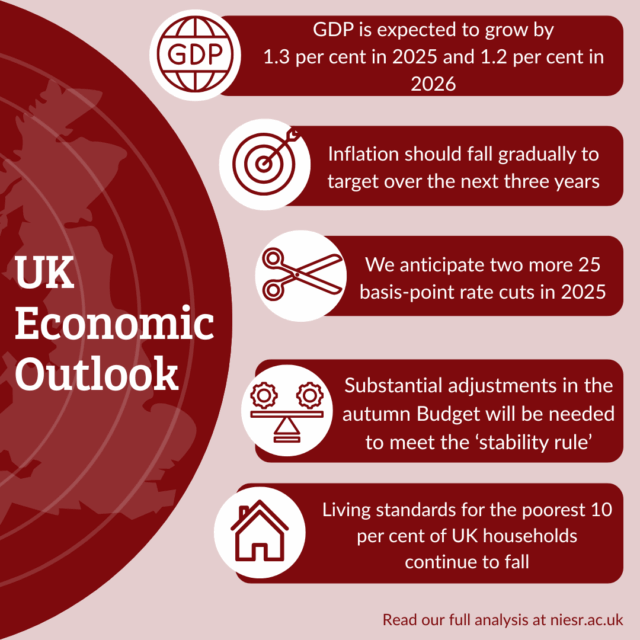Monetary Policy: The Regional Dimension
Monetary policy is used to bring the growth of nominal demand in line with the growth in supply so that price stability is reached. However, if there are diverse economic conditions and factor immobility across regions, then a single monetary policy alone cannot achieve this.
In this project we investigate the extent to which imperfect factor mobility across regions amplify the variation between regional output responses with respect to monetary policy shocks. Moreover, to this end we will also explore the extent to which risk sharing through a comprehensive mechanism of fiscal transfers reduce the variation between regional output responses.

Summary & aims
Monetary policy is used to bring the growth of nominal demand in line with the growth in supply so that price stability is reached. However, given diverse production structures and imperfect factor mobility across regions, a single monetary policy cannot be optimal for all.
As monetary policy is determined centrally with the aim of aggregate price stability, factor misallocation arising from regional heterogeneity is often overlooked. This misallocation hinders productivity growth and economic performance, as well as creating winners and losers at the regional level.
This project aims to quantitatively investigate the impact of monetary policy shocks on regional economic outcomes across the ITL1 regions and evaluate the extent to which regional factor misallocation impacts aggregate productivity growth.
Methodology
We would develop a DSGE model with many regions, to aid with our regional output and productivity analysis regarding factor misallocation. Then, based on the insights gained from this, we would use NIESR’s Global Econometric Model, NiGEM, to simulate a counter-factual monetary tightening before investigating the impact of this using our regional models, NiREMs (is NIESR’s econometric regional model) tracking key variables such as the impact on output, consumption and labour productivity. While labour flows between regions are not current modelled, these would be added and incorporated into our existing regional model This will further aid our understanding of how regional factor mobility wedges interact with monetary policy.
Principal Investigators

Researchers




























